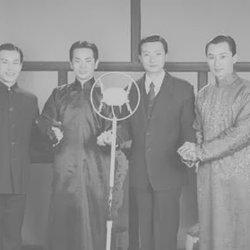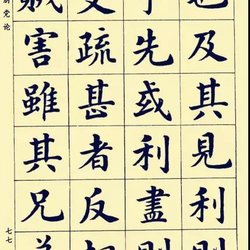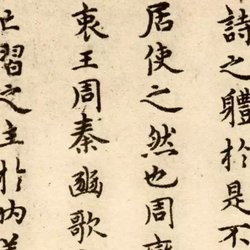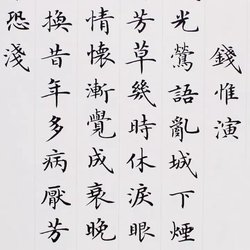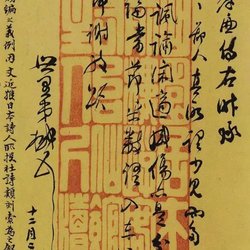Those who have achieved great things and learned great things in ancient and modern times must pass through three realms: "Last night, the west wind withered the green trees. I climbed up to the tall building alone and looked at the end of the world." This is the first realm. "The clothes are getting wider and wider, but I don't regret it anymore. I feel haggard because of the beauty." This is the second state. "The crowd looked for him thousands of times, but suddenly looking back, he was in a dimly lit place." This is the third realm. None of these words can be said by a great poet. However, if you suddenly interpret the words in this way, you may not be allowed by the princes of Yan and Ou. "
It seems that everything must have three states, namely the process of beginning, developing, and reaching the highest (end). There are also three realms of calligraphy appreciation. Calligraphy appreciation can be said to be "a benevolent person, a wise person sees wisdom" and cannot be generalized. However, calligraphy appreciation still has its basic rules to follow, and it is not a "metaphysical" technique. The author believes that appreciating calligraphy is the process of "re-creating" calligraphy in the human mind. Therefore, one must first "recognize the form", then "appreciate the quality", and then "express feelings". These three steps will gradually lead to perfection.
The first level: recognizing shapes
Calligraphy is the art of line images, and "shape" has four elements. If you get the "four elements", you will enter the first realm.
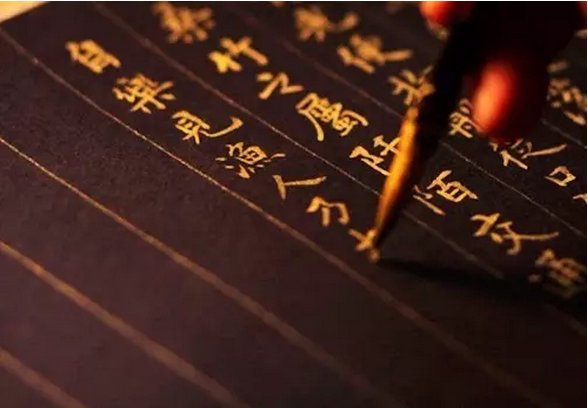
One is format. The most classic forms of calligraphy are banners, nave, horizontal drapes, plaques, squares, fans, couplets, rulers, hand scrolls, albums, and paintings.
The second is calligraphy. The most common calligraphy styles are seal script, official script, regular script, running script, cursive script, Wei style, Zhangcao, and running cursive script.
The third is color. The color of calligraphy is the most attractive combination of white paper, ink characters and red seal.
Four is composed. A complete calligraphy work is most commonly composed of text, title, and seal.
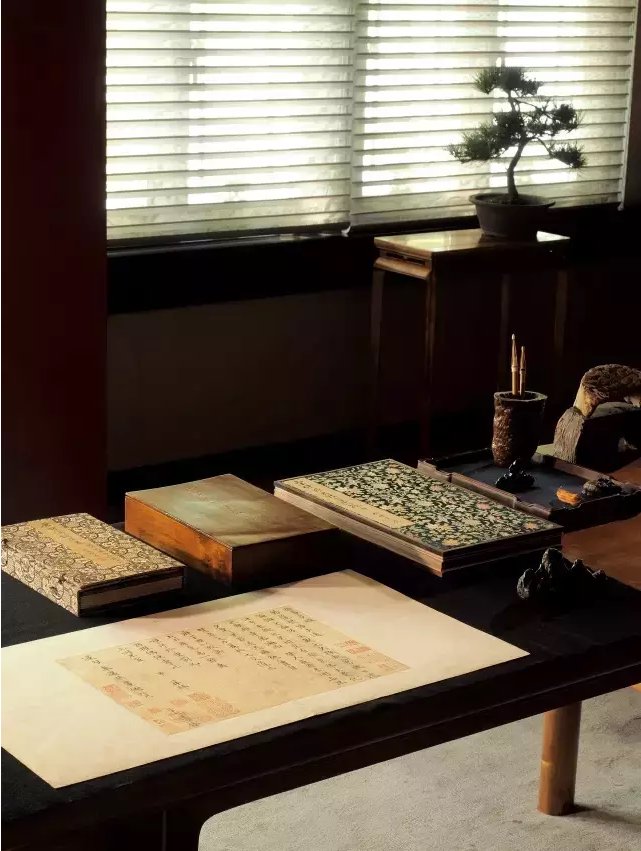
Second Realm Reward
Calligraphy is different from writing. Calligraphy must pay attention to "laws" and "legality" can achieve "quality and beauty". There are four "methods". Rewarding the "Four Dharmas" will lead to the second realm.
One is calligraphy. Characters are the foundation of calligraphy. The calligraphy is formed by gathering dots, and the dots and paintings should be "balanced and symmetrical, contrasting and harmonious, appropriate in priority, appropriate in density, and unified in diversity."
The second is brushwork. The important thing about using a pen is that it changes according to the body, is stable and rich; the middle and side (front) are interchanged, and the method is active; the pen is powerful and can penetrate the back of the paper.
The third is the rules and regulations. The composition is the "white cloth" of the entire calligraphy work. It emphasizes continuous strokes between words and lines, with smooth pulse and clear rhythm, just like "moving clouds and flowing water". That is to say, "You can move horses in sparse places, but don't allow ventilation in dense places. When you think of nothing as black, surprises will come out."
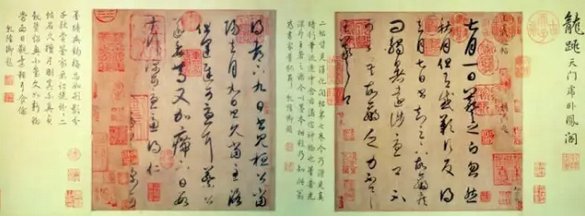
The fourth is the ink method. There are six colors of ink, namely "thick, light, dry, wet, dry and moist". If we can "bring away the dryness and moisten it, and turn the thickness into dryness", we can achieve the state of "silent and joyous harmony", "colorful expression", "spraying the pen to create a heartfelt song, and using the ink to talk and laugh".
The third realm: Express your feelings
"The book is like Ye, like his learning, like his talent, like his ambition. In short, it is just like his person" (Liu Xizai's words). The purpose of calligraphy is to "express feelings". The highest realm of calligraphy art is the human spirit, an abstract embodiment and expression of human temperament. Appreciating calligraphy is not only about the depth of skill and the exquisiteness of stippling and composition, but also about the author's spirit, mind, and temperament. Therefore, the highest state of appreciating calligraphy is to "dialogue and communicate" with calligraphers through calligraphy works. To appreciate this state requires the appreciator to "see wisdom" and "see nature", and understand the wonderful principles of "method", "artistic conception" and "temperament" of calligraphy.
One is to bring out the law. Excellent calligraphers are always good at galloping freely within strict rules and displaying their creative talents. Therefore, they often let their moods and expressions flow freely, so that people can see that they are "unrestrained" without being "absurd and eccentric"; they have both the legacy of the "ancestral saints" and their own "holy place" ", which is the so-called "create new ideas in the laws and regulations, and send wonderful principles out of boldness".

The second is artistic conception. The artistic conception of calligraphy refers to the spiritual connotation revealed in calligraphy works, which is the deep and far-reaching image composed of vivid charm, soaring spirit and white space. For example, some are like marching troops in formation, with flags flying, and soldiers and horses studying hard; some are like large-scale paintings, with sparse forests and distant mountains, and are well-proportioned; some are like rivers and great rivers, rushing and flowing for thousands of miles; some are like winding streams and marshes, The spring water is full of flowers, quiet and graceful; some are like graceful dancing, with plain sleeves fluttering slightly, one step at a time; some are like melodious music, lingering around the beam for three days, touching people's emotions. This is the artistic conception where calligraphy is full of charm and intertwined with the rhythm of life.
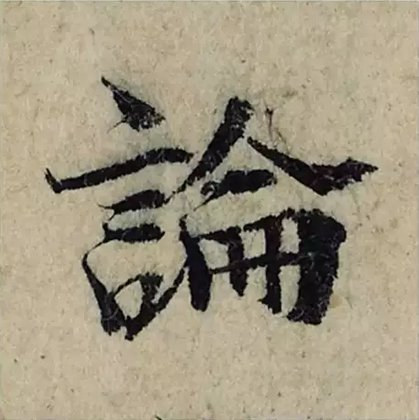
The third is temperament. As the saying goes, "Books are paintings of the heart" and "Words are like the person they are." Calligraphy is a special language for calligraphers to express their feelings expressively. Just like the writing of a writer, the poetry of a poet, and the voice of a singer. Therefore, the books of people who are independent and creative often have unique styles; the books of people who are highly dependent and self-indulgent often rely on the tradition and lack individuality. The writings of a man with a bold and heroic temperament are often magnanimous; the writings of a husband with lingering and melancholy emotions are often more than gentle and charming, but not strong enough. Those with noble aspirations and conduct often write books that are pure and refreshing; those with low standards often write books that are tacky. Those who are in a tranquil mood often write books that are calm, dignified, indifferent and broad-minded; those who pursue fame and fortune often write books that are arrogant and cynical.
The article comes from the Internet, and the copyright belongs to the original author.

